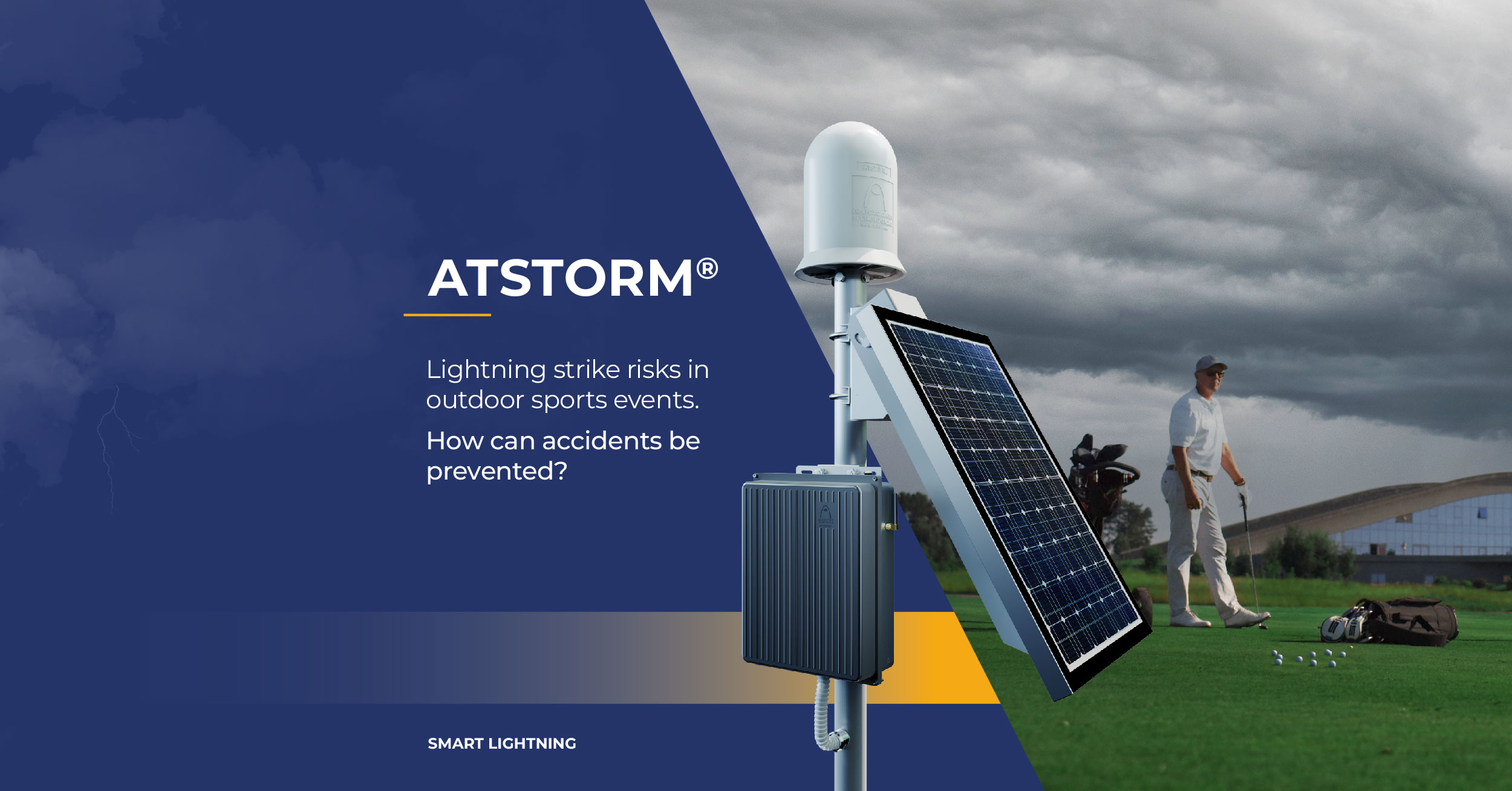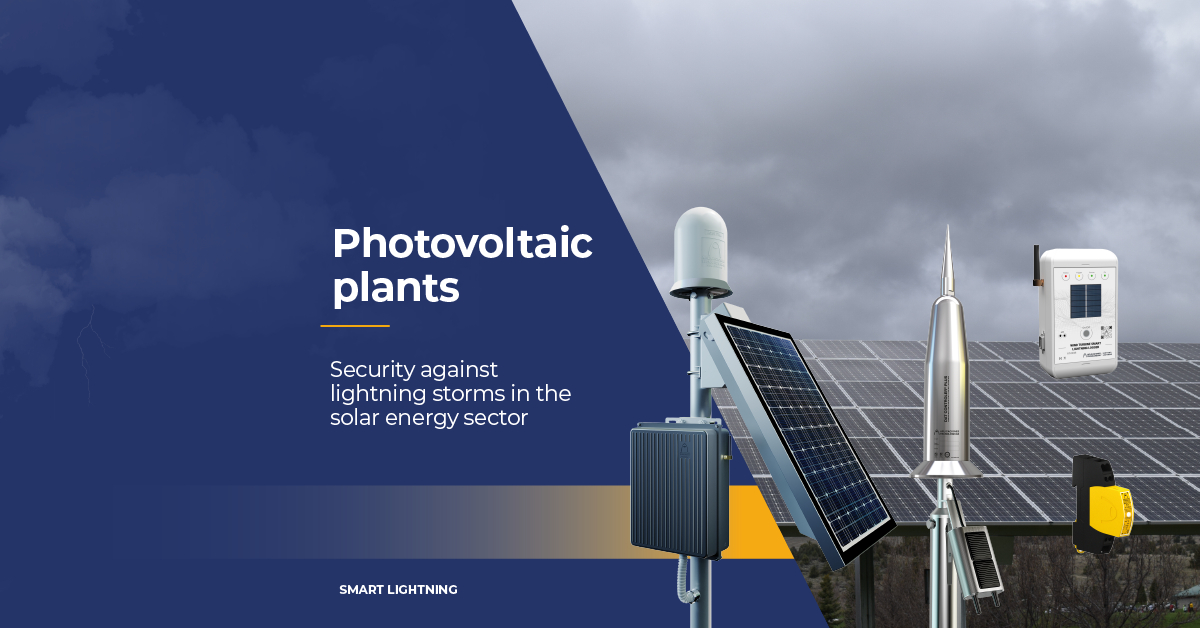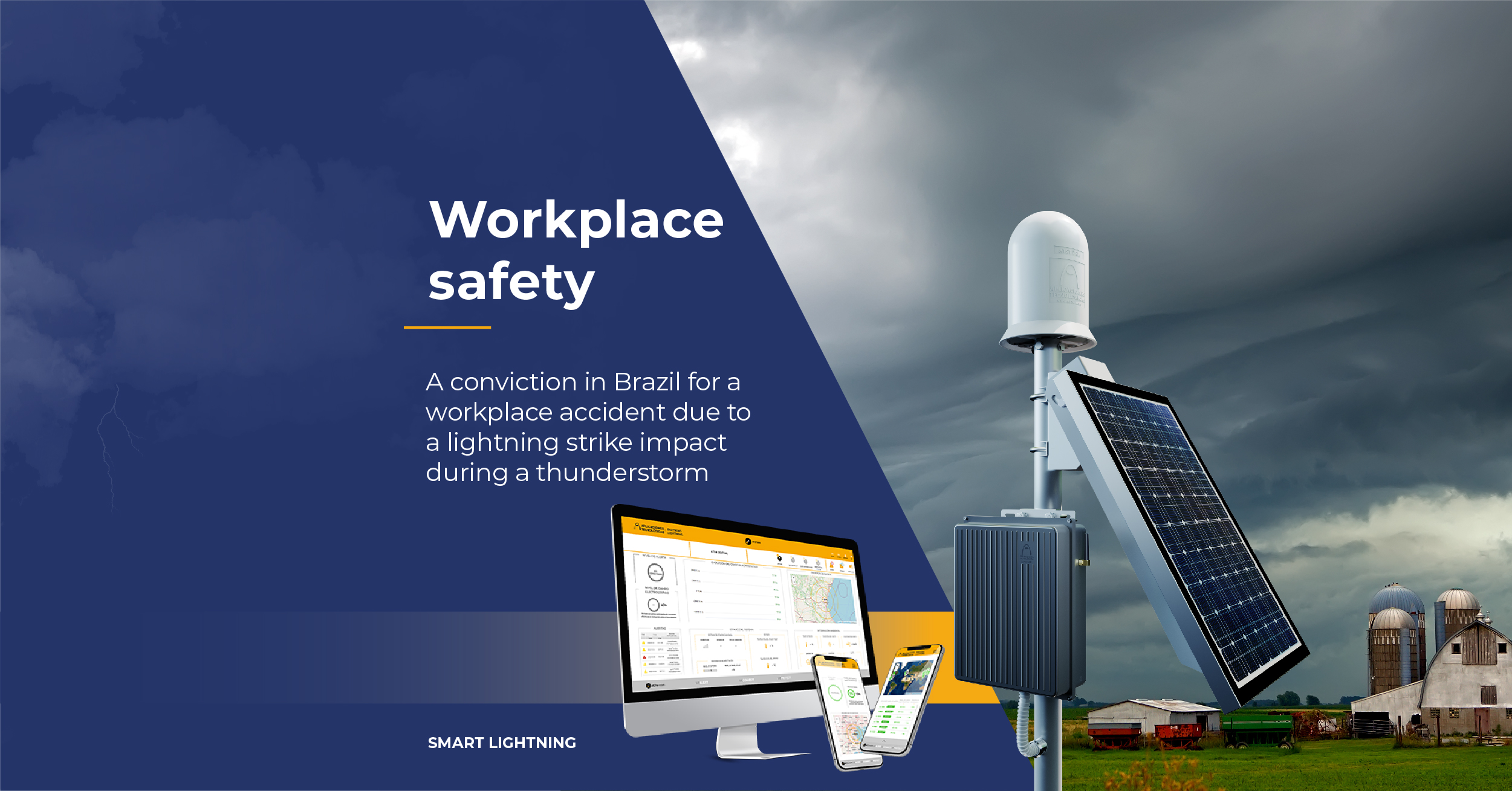Satellites are a necessity in modern life for a variety of purposes (weather forecasting, scientific exploration, long-range communications, etc.). The vehicles that place satellites in orbit are sensitive to natural and rocket-induced lightning threats. That is why NASA developed the LLCC set of rules to assess whether the weather conditions permit the launches. Since its application, incidents such as those of Apollo 12 and Atlas-Centaur 67 have not occurred again. Within these criteria, the ambient electric field plays an essential role and is measured by a network of field mills (electrostatic field sensors) at the Kennedy Space Center.
Satellite launch activity and space exploration missions are continuously growing. Communication satellites are indispensable for modern life and represent a multi-billion dollar investment. Satellites are launched into orbit by specifically designed launch vehicles. These are usually rockets with control and guidance systems1.
On the other hand, space exploration is an area of increasing relevance for technological, scientific, and often also political reasons. As a result, the demand for launch facilities and programmes continues to grow, making it a lucrative business proposal1.
Inclement weather is the main cause of launch delays and cancellations. Launch vehicles, as well as space shuttles, are sensitive to the threat of lightning during the launch and transit through the lower atmosphere. Rockets contain oxidising agents, fuel, and also electro-explosives devices for self-destruction if necessary. A lightning strike could therefore have catastrophic consequences resulting in loss of lives, time and economic costs1.
The threat of a thunderstorm led to the development of meteorological criteria to mitigate the lightning risk during launch. They are known as Lightning Launch Commit criteria (LLCC). Since their implementation, about 5% of launches at Cape Canaveral/John F. Kennedy Space Center (KSC) have been cancelled and 35% have been postponed2.
In fact, the Artemis I orbital mission, scheduled for launch on 29 August 2022, had to delay the refuelling due to storms at sea. After completion of the refuelling operation, temperature problems were found in one of the rocket engines. The mission was delayed several times due to technical issues, but also due to the presence of tropical storms Ian and Nicole. The mission was successfully launched on 16 November 2022.
Below, we comment on NASA’s LLCC spacecraft launch rules and the importance of electrostatic field detectors for assessing the risk of lightning strikes in the area.
NASA’s Lightning Launch Commit Criteria (LLCC)
LLCCs are a set of rules, developed by NASA and other US federal organisations to mitigate the risk of impacts during spacecraft launches. They cover both natural and rocket-induced releases. The latest version of the LLCCs is published in the 2017 NASA-STD-4010 standard3. However, LLCCs and their associated definitions are continually revised based on new knowledge and experience accumulated over the years of the US space programme4.
While the thunderstorm threat was considered in the early days of the space age until the launch of Apollo 12 in 1969 vehicle-induced lightning produced by flying through highly electrified clouds that are not naturally discharging4 was not taken into account.
In the case of Apollo 12, two induced lightning strikes were observed during the first minute of the flight. These impacts caused permanent damage to non-critical sensors, as well as temporary failures of critical systems. The mission was completed, thanks to the crew’s problem resolution. Because of this incident, new rules were introduced prohibiting flying near thunderstorms or through certain types of non-thunderstorm clouds, but with a potential risk of electrification1.
In contrast, the 1987 Atlas-Centaur 67 (AC 67) rocket, which contained the Fleetsatcom satellite, suffered an impact induced by the rocket passing through an electrified cloud. This lightning-caused a failure of the vehicle’s guidance system. As a result of an unplanned rotation, stresses were generated and the rocket began to break apart and was ordered to self-destruct. Debris recovered from the Atlantic Ocean confirmed that a lightning strike had occurred1.
However, it was determined that, although the LLCCs in force in 1987 were deficient, the main responsibility for the disaster was the wrong assessment, because the correct one would have prevented the liftoff of AC 675.
A standard NASA-STD-4010 provides uniform engineering and technical requirements for procedures, practices and methods for NASA programmes and projects. Also, Technical Publication NASA/TP-2016-219439 of 20165 provides the scientific basis for the standard, although this document is based on the LLCCs of August 2014, and therefore does not include any subsequent amendments that may be in the 2017 standard.
The requirement that all criteria are met during any launch is critical for LLCCs to provide real safety. This is because most of the individual rules are designed to cover only a certain type of threat and on the assumption that all other LLCCs are met. Therefore, the assessment must be simultaneous to avoid any known risks5.
Most LLCCs refer to the lightning caused by the rocket as it rapidly penetrates a region of a high ambient electric field or by the possible electrification effect of the smoke cloud which may cause an increase and redistribution of the electric charge of existing clouds.
The effect of the rocket passing through an electrically charged cloud has some similarities to the function of a lightning rod in which the electric field at the top is intensified since the electric field compression around the vehicle can cause this intensification of the electric field by up to two orders of magnitude. Thus, the electric fields required to cause lightning discharges in these circumstances can be a hundred times smaller than those required for natural lightning2. Since induced discharges can occur in clouds in which no natural lightning is being generated, the prediction becomes more complicated5.
However, the first of the LLCCs refers to natural lightning strikes, as they are the best indirect indicator of the presence of high electric fields that could cause a vehicle discharge5.
The subsequent criteria are based on the measurement of electric fields at the earth’s surface because, in fact, this physical parameter is directly related to the electric charge of the cloud. Therefore, it influences the process of both induced and natural lightning generation. These criteria were introduced after the AC 67 accident to add a further layer of protection to the LLCCs for cloud types5. For this reason, the equipment available at the KSC includes a network of field mills that, properly calibrated, measures the electric field at the Earth’s surface. The NASA-STD-4010 standard itself also provides guidelines for using the sensor readings3. This network of field mills on the Earth’s surface is considered extremely important for launch safety5.
In fact, although the LLCC relating to the atmospheric electric field was not included at the time of the AC 67 accident, if the readings from the operating field mills had been considered, the take-off would not have been authorised4,5.
Following the electric field rule, the LLCCs include several specific criteria on cloud types, the last of which relates to the triboelectricity (electric charge caused by friction) generated on or in the vehicle5.
ATSTORM®, a smart early warning system against thunderstorms
Field mills are devices that measure the electrostatic field using a rotating shutter on a receiving plate. These devices usually present problems of obstruction, wear and breakdown because the rotating electric motor must operate in continuous mode6–8. In response, Aplicaciones Tecnológicas S.A. has developed the ATSTORM® storm detection system whose Field Controlled Electrometric Sensor (SECC®)9 is fully electronic and has no moving parts. This avoids the limitations of field mills.
ATSTORM® incorporates another sensor based on an electromagnetic field. Thus, it extends the monitoring area to a radius of up to 40 kilometres and allows a pre-warning state to be defined for distant active storms that are approaching.
The ATSTORM® system is also a smart solution with IoT technology, which is based on the evaluation of the conditions in the area to be protected and multiple data that support the expert algorithms. ATSTORM® objectively determines the actual local risk, thus preventing occupational hazards and optimising downtimes due to possible thunderstorms. This is especially important because, according to data from 2006, a launch cancellation could cost $150,000 to $1 million2.
The ATSTORM® system collects real-time information from the detection units and transfers it to the secure AT-CLOUD server. Through specialised algorithms, the risk of thunderstorms at the site is estimated. This makes it possible to recognise the conditions that require alert providing. Its continuously learning algorithms are supported by more than 15 years of accumulated experience.
For more information about ATSTORM® and how its unique technology makes it the most advanced system on the market, superior to any electrostatic or electromagnetic field-based sensor, please contact our experts at the following link.
References
- Cooray, V. Lightning Protection. (The Institution of Engineering and Technology, 2010).
- Roeder, W. & McNamara, T. A survey of the Lightning Launch Commit Criteria. in 2nd Conference on Meteorological Applications of Lightning Data 18 (2006).
- National Aeronautics and Space Administration (NASA). NASA Standard for Lightning Launch Commit Criteria for Space Flight. https://standards.nasa.gov/standard/NASA/NASA-STD-4010 (2017).
- Merceret, F. J. et al. A History of the Lightning Launch Commit Criteria and the Lightning Advisory Panel for America’s Space Program. 250 https://ntrs.nasa.gov/citations/20110000675 (2010).
- Willett, J. C. et al. Rationales for the Lightning Launch Commit Criteria. 283 (2016).
- Aranguren, D. Desempeño de Sensores de Campo Eléctrostático en Sistemas de Alerta de Tormentas. (2011).
- Torralba, C. et al. Storm detection by static electric field measurements without mobile elements. in 1st International Lightning Protection Symposium (2011).
- Zhengyu, L. Application of preventive protection in an Oil Basement in China. in International Lightning Protection Symposium (2014).
- Ruiz, D. et al. A new concept in lightning parameters measurement. J. Electrost. 67, 496–500 (2009).



